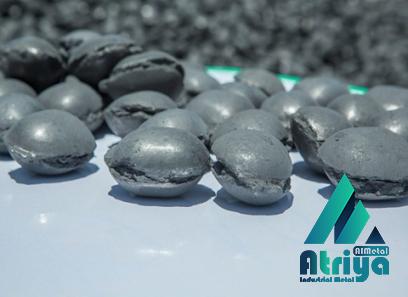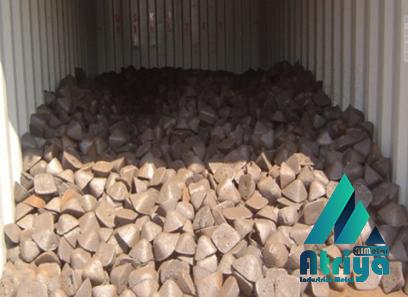Understanding the Differences In the world of metallurgy, pig iron and cast iron are two terms that often become a source of confusion for many individuals. While they may sound similar, these terms refer to distinct materials with different characteristics and applications. Understanding the differences between pig iron and cast iron is crucial for anyone involved in the manufacturing, construction, or engineering industries. Pig Iron: Pig iron is the initial product of smelting iron ore in a blast furnace. It is named after the molds, or “pigs,” in which it solidifies during the smelting process. Pig iron is a brittle and high-carbon material, typically containing 3-4% carbon, as well as traces of other elements such as sulfur, manganese, and silicon. Due to its high carbon content, pig iron is not suitable for most applications.

.
 However, it serves as the raw material for producing cast iron and steel. Pig iron is usually remelted, along with other ingredients, in a subsequent refining process to create new alloys with desired properties. Cast Iron: Cast iron is a type of iron alloy that is created by melting pig iron and adding specific amounts of carbon, silicon, and other trace elements. The carbon content in cast iron usually ranges from 2% to 4%, making it considerably more brittle than other forms of iron. This brittleness gives cast iron its characteristic ability to crack, rather than bend, under stress. One of the key advantages of cast iron is its excellent heat retention and distribution properties. This makes it a popular material for manufacturing cookware and stoves, as well as for engine blocks, pipes, and various structural applications.
However, it serves as the raw material for producing cast iron and steel. Pig iron is usually remelted, along with other ingredients, in a subsequent refining process to create new alloys with desired properties. Cast Iron: Cast iron is a type of iron alloy that is created by melting pig iron and adding specific amounts of carbon, silicon, and other trace elements. The carbon content in cast iron usually ranges from 2% to 4%, making it considerably more brittle than other forms of iron. This brittleness gives cast iron its characteristic ability to crack, rather than bend, under stress. One of the key advantages of cast iron is its excellent heat retention and distribution properties. This makes it a popular material for manufacturing cookware and stoves, as well as for engine blocks, pipes, and various structural applications.
..
 Cast iron also offers good resistance to wear and corrosion, making it suitable for environments where durability is crucial. It is worth noting that there are several different types of cast iron, each with its own specific composition and properties. Some common examples include gray iron, white iron, malleable iron, and ductile iron. These different variations of cast iron are created through specific heat treatments and alloy additions, resulting in materials that cater to various industrial needs. Conclusion: In summary, pig iron and cast iron are distinct materials with different properties and uses. Pig iron is a brittle and high-carbon material that serves as the precursor for producing cast iron and steel.
Cast iron also offers good resistance to wear and corrosion, making it suitable for environments where durability is crucial. It is worth noting that there are several different types of cast iron, each with its own specific composition and properties. Some common examples include gray iron, white iron, malleable iron, and ductile iron. These different variations of cast iron are created through specific heat treatments and alloy additions, resulting in materials that cater to various industrial needs. Conclusion: In summary, pig iron and cast iron are distinct materials with different properties and uses. Pig iron is a brittle and high-carbon material that serves as the precursor for producing cast iron and steel.
…
 On the other hand, cast iron is an alloy derived from pig iron, modified with specific amounts of carbon, silicon, and other elements. Cast iron offers remarkable heat retention, durability, and resistance to wear and corrosion. Understanding the differences between these two materials is essential for anyone working in industries that utilize iron and its alloys. By grasping the nuances of pig iron and cast iron, manufacturers, engineers, and construction professionals can make informed decisions about selecting the most suitable material for their specific applications, thereby ensuring optimal performance and longevity of their products.
On the other hand, cast iron is an alloy derived from pig iron, modified with specific amounts of carbon, silicon, and other elements. Cast iron offers remarkable heat retention, durability, and resistance to wear and corrosion. Understanding the differences between these two materials is essential for anyone working in industries that utilize iron and its alloys. By grasping the nuances of pig iron and cast iron, manufacturers, engineers, and construction professionals can make informed decisions about selecting the most suitable material for their specific applications, thereby ensuring optimal performance and longevity of their products.











Your comment submitted.